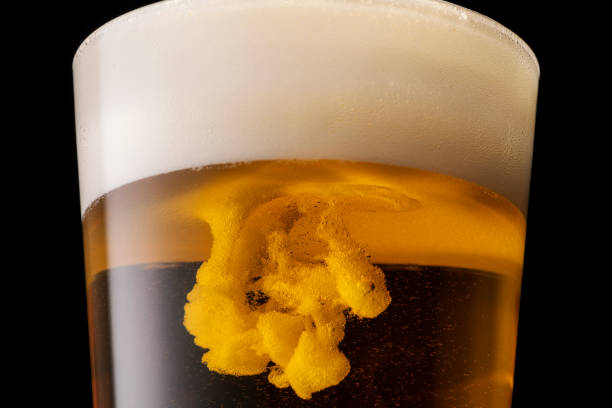This website uses cookies so that we can provide you with the best user experience possible. Cookie information is stored in your browser and performs functions such as recognising you when you return to our website and helping our team to understand which sections of the website you find most interesting and useful.
How the future of beer is all in its foamy head
A new scientific discovery linked to beer froth could change the way the best pints are poured in the future.

In a recent study published by Physics of Fluids, lead author Dr Wenjing Lyu of the American Institute of Physics, explained how a new “bottom-up” tapping system in which a nozzle pushes up a magnet, could “help in controlling foam formation, reducing consumption and pouring time and improving the overall efficiency of the process”.
As most brewers and bartenders already know, the head on a beer is generated in the first moments of pouring, but the glassware, temperature, tap, sparkler shape and nozzle pressure all assist in producing an optimal foamy head. However, Lyu points out that there could be more accuracy in accomplishing the perfect pour. To this end, the study experimented with a newly-developed computer model which showed that beer’s liquid phase can begin after production of the head, not before.
In the study, Lyu observed how “foam was generated only at the beginning of the first fractions of a second. As the pouring process progressed, the liquid beer phase developed. When the pouring process stopped and the CO2 bubbles gradually rose upwards toward the foam phase, the liquid beer phase increased and the foam phase decreased slowly. Beer foam was quickly generated at the beginning of the bottom-to-top pouring process, and the collapse of the beer foam lasted 25 times longer than its formation.”
He also noted how the higher the temperature and the higher the pressure, the greater the foam development. Also, that bubble size is ultimately the key factor to foam stability.
He stated: “The results indicated that that the higher the temperature of the beer and the higher the tap pressure is, the greater the foam development and the associated foam height are but not necessarily the foam stability.”
But, despite this, the accomplishments the new model can assist beer companies upgrade beer serves hugely. He explained: “By accurately simulating the foaming process, our model can help to improve the quality of the final product, reduce costs, and increase productivity.”
Lyu hinted there were still further beer discoveries he was hoping to assist in, noting how the model could be adapted to differing beer styles. He concluded: “Further investigations should focus on the influence of the shape of the nozzle, the pressure and temperature at the inlet, and the use of various kinds of beer.”

